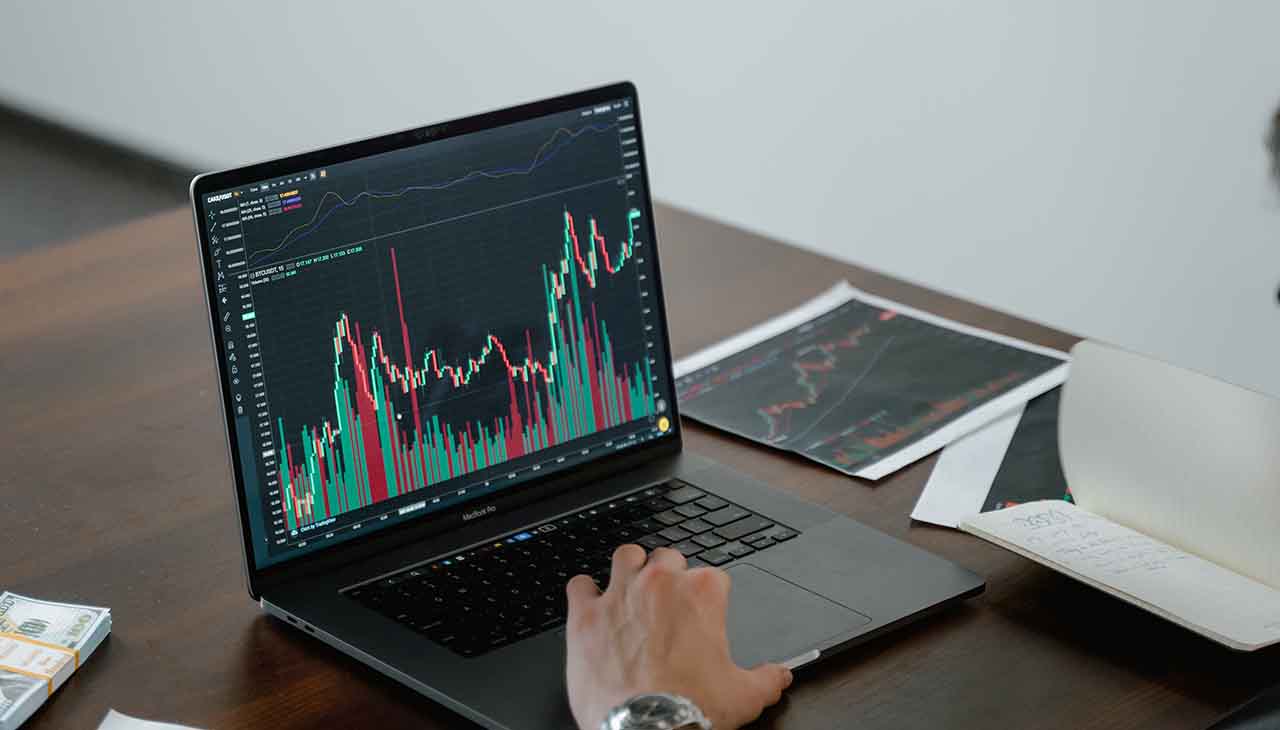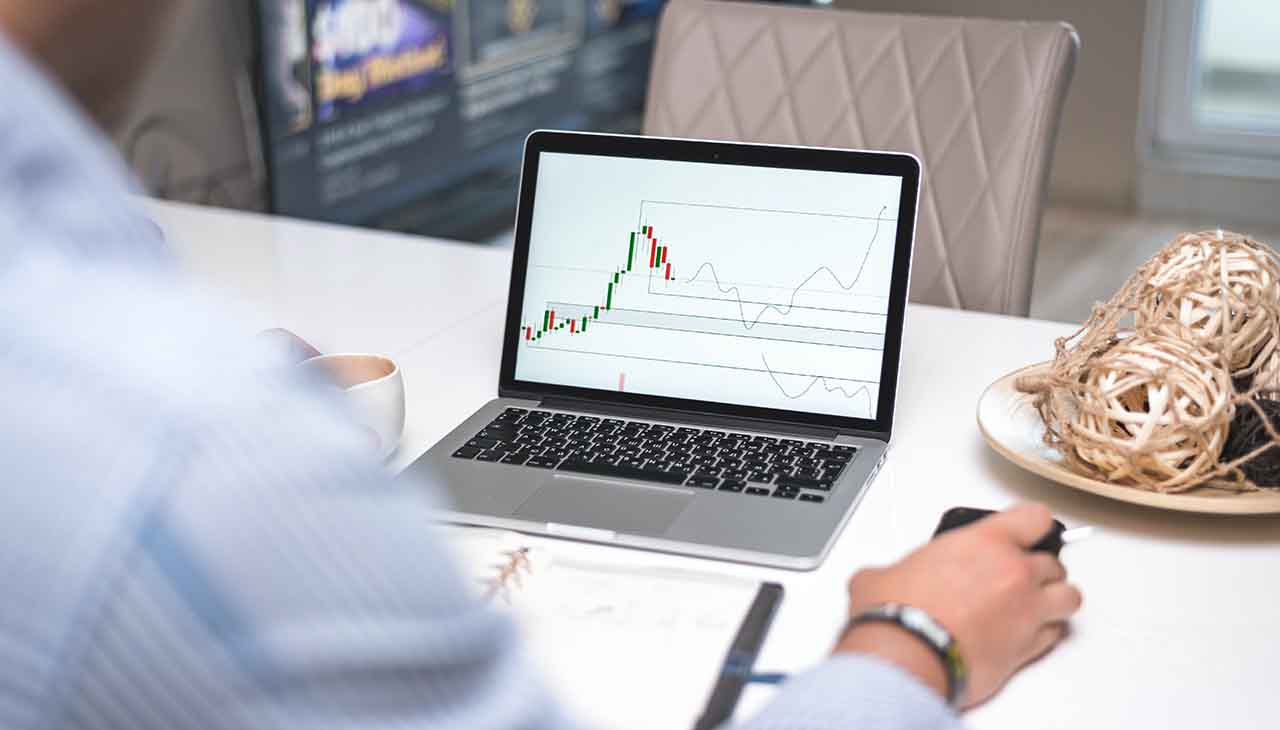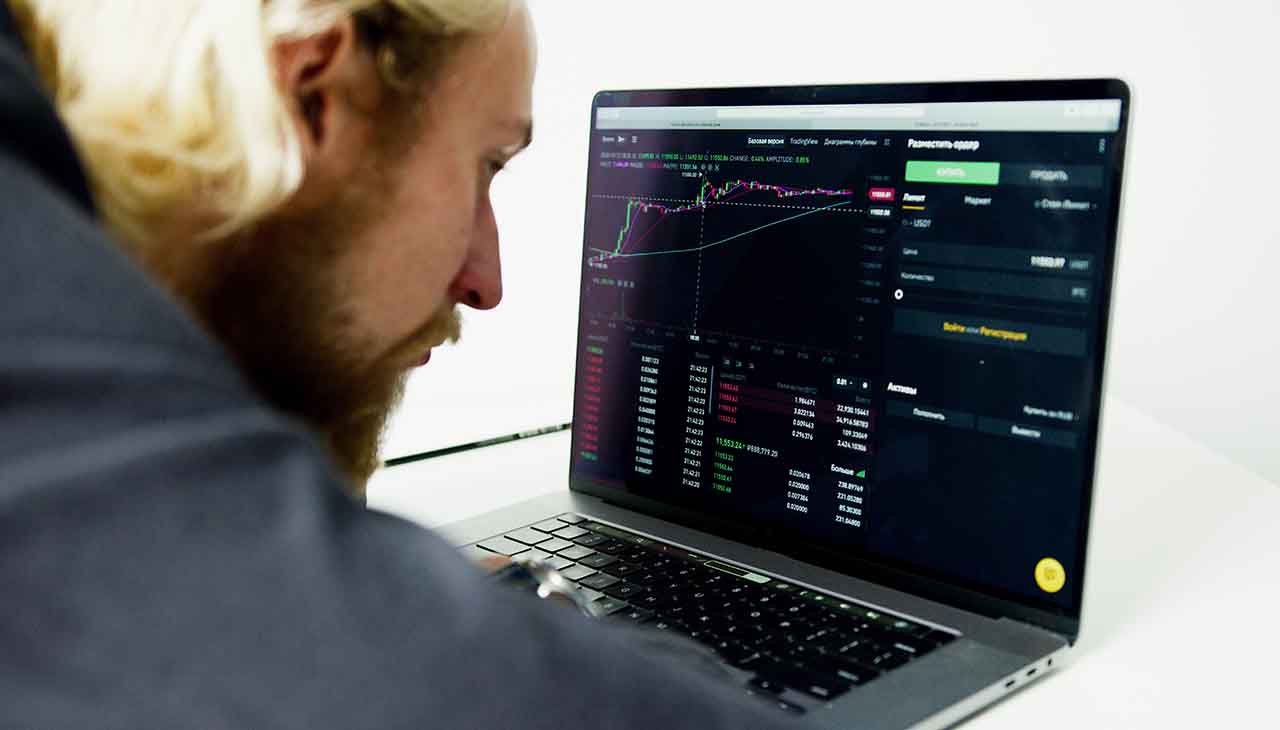Forex trading can be a lucrative business, but it requires skill, knowledge, and a well-planned strategy. With the right approach, traders can maximize their profits and minimize their risks. In this comprehensive guide, we’ll reveal the key principles and techniques for mastering the best forex strategy. We’ll cover everything from the basics of forex trading and technical analysis to advanced trading strategies and risk management techniques. Whether you’re a beginner or an experienced trader, this guide will give you the tools and knowledge you need to succeed in the competitive world of forex trading. So let’s dive in and start mastering the best forex strategy!
Basics of Forex Trading
Forex trading involves buying and selling currency pairs to make a profit. Here are some of the basics of forex trading that every trader should know:
- Currency Pairs: Every forex trade involves the buying of one currency and the selling of another. The currency on the left is called the base currency, while the one on the right is called the quote currency. For example, in the EUR/USD currency pair, EUR is the base currency and USD is the quote currency.
- Market Participants: Forex market participants include banks, corporations, hedge funds, retail traders, and central banks. Their actions in the market impact the price of currency pairs.
- Economic Indicators: Economic indicators such as GDP, inflation, and interest rates have a significant impact on currency values. Traders need to stay informed about these events to make informed trading decisions.
- Trading Hours: The forex market operates 24 hours a day, 5 days a week. The market opens on Monday morning in Asia and closes on Friday evening in New York.
- Spread: The spread is the difference between the bid price (the price at which traders can sell a currency pair) and the asking price (the price at which traders can buy a currency pair). The spread represents the cost of trading and varies depending on the currency pair and the broker.
By understanding these basics, traders can begin to develop a foundation for successful forex trading.
Technical Analysis
Technical analysis is a method of analyzing financial markets by studying past market data, primarily price, and volume. Technical analysts use charts and technical indicators to identify patterns and trends that can help predict future price movements. Here are some of the key concepts and tools used in technical analysis:
- Chart Types: Technical analysts use several types of charts to plot price movements over time, including line charts, bar charts, and candlestick charts.
- Technical Indicators: These are mathematical calculations based on price and/or volume data. Examples include moving averages, relative strength index (RSI), and moving average convergence divergence (MACD).
- Support and Resistance: These are levels at which buying or selling pressure has historically caused the price to either bounce off or breakthrough. Identifying support and resistance levels can help traders make informed trading decisions.
- Trends: Trends are the direction of price movement over time. Technical analysts use trend lines to identify and follow trends.
- Chart Patterns: These are specific formations on price charts that indicate potential buying or selling opportunities.
- Fibonacci Retracement: This is a tool used to identify potential levels of support or resistance based on key price levels.
Technical analysis can be used on any financial market, including forex, stocks, and commodities. However, it does have limitations and should be used in conjunction with other forms of analysis, such as fundamental analysis, for a more comprehensive view of the market.
Fundamental Analysis
Fund analysis is a method of analyzing financial markets based on economic, financial, and other qualitative and quantitative factors that affect the value of currency pairs. It looks at factors such as macroeconomic indicators, central bank policies, geopolitical events, and industry-specific trends to form an opinion about the potential future direction of a currency pair. Here are some of the key concepts and tools used in fundamental analysis:
- Macroeconomic Indicators: These include gross domestic product (GDP), inflation, unemployment, and trade balance. They provide insight into the overall health of an economy and its currency.
- Central Bank Policies: Central banks play a significant role in setting interest rates and implementing monetary policy. Traders need to monitor central bank announcements and decisions to predict future currency movements.
- Geopolitical Events: Political instability, wars, natural disasters, and other global events can impact the currency market by affecting the confidence of investors and influencing trade flows.
- Industry-Specific Trends: News and trends within specific industries can also have an impact on the currency market, especially if the industry is a significant contributor to the economy.
- Intermarket Analysis: This is the analysis of other financial markets such as stocks, bonds, and commodities for clues about future currency movements.
Fundamental analysis provides a more long-term view of the market than technical analysis. It is best used in conjunction with technical analysis to get a complete understanding of the market. Traders should continually monitor news and events that affect the economy and adjust their trading strategies accordingly.
Advanced Trading Strategies
Advanced trading strategies are designed for experienced forex traders who have a solid understanding of the basics of forex trading and technical analysis. Here are some of the advanced trading strategies that traders use to maximize their profits:
- Scalping: This is a short-term trading strategy that involves taking multiple trades with small profits and tight stop-loss orders. Traders using this strategy often hold their positions for seconds or minutes.
- Swing Trading: This strategy involves holding trades for several days to take advantage of medium-term price movements in a currency pair.
- Position Trading: This strategy involves holding trades for several weeks or months, based on long-term market trends and fundamentals.
- Automated Trading Systems: These are computer programs that use algorithms to identify trading opportunities and execute trades automatically.
- Multiple Timeframe Analysis: Traders who use this approach will analyze price charts using different time frames, such as 5-minute, 30-minute, and daily charts. This can help traders get a more comprehensive view of the market and identify trends.
- News Trading: This strategy involves taking advantage of the immediate volatility that follows significant news releases, such as employment data and central bank announcements.
It’s important to note that advanced trading strategies involve higher risk and require more skill and experience than basic trading strategies. Traders should carefully choose the strategy that best suits their trading style, personality, and risk tolerance. They should also test their strategies with demo accounts before using them in live trading.
Conclusion
In, mastering the best forex strategy requires a solid understanding of the basics of forex trading, technical and fundamental analysis, risk management techniques, and advanced trading strategies. Traders need to continually monitor economic indicators, central bank policies, and other global events to form an opinion about the potential future direction of a currency pair.
Technical analysis can be used to identify patterns and trends that can help predict future price movements, while fundamental analysis provides a more long-term view of the market. Advanced trading strategies such as scalping, swing trading, automated trading systems, and news trading require more skill and experience than basic trading strategies and involve higher risk.


